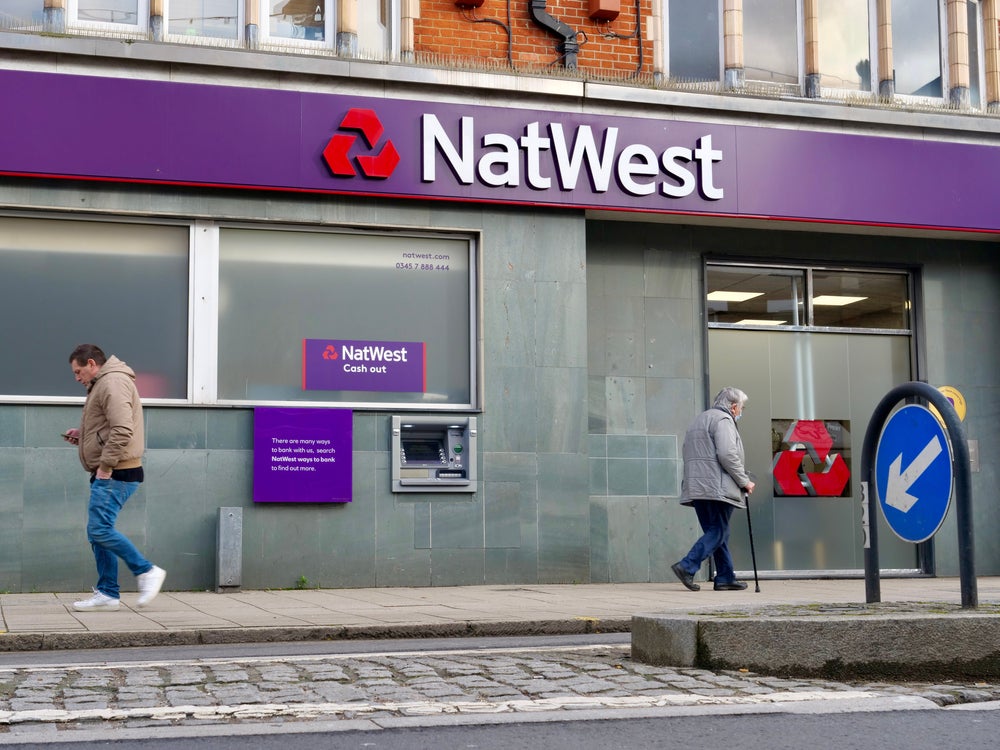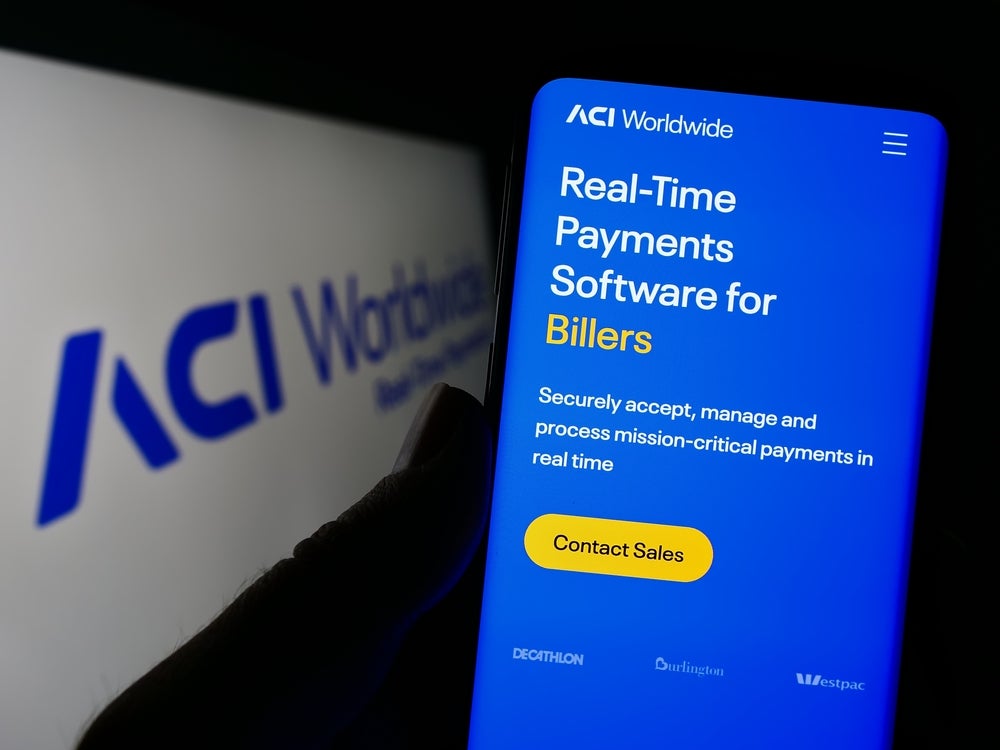The future of payments is set to be led by data, not just in the way that merchants and customers use that data to the best effect, but also to create the type of benefits that are central to both parties achieving the best outcome for each of them. Christopher Kronenthal, president and CTO of FreedomPay, writes
The difficulty for most traditional retailers is that data collection and analysis has rarely been a part of their intention when it comes to choosing a payment services provider.
For many years, there was no ability to access or collate this data as the technology simply didn’t exist. But as these services advance and the requirements from customers continue to change, ignoring the data aspect of payment services doesn’t make sense for retailers who want to remain competitive.
Legacy systems – which may have come from a large number of different and unintegrated providers – can make it harder to address the latest trends in payment services. Without approaching the requirements of both the retailer and the customer in tandem, it is impossible to create a payment ecosystem that provides for the needs of both.
The key is to deal with these issues from the right direction. Patching various systems together with a focus on making them work rather than how they work or the benefits they offer is not a sensible approach. Instead, retailers need to consider what they want to use the data for and how they will offer loyalty benefits to their customers. Only then will they be able to create a payments ecosystem that is able to give them everything they need, and what their customers are demanding.
Focus on the outcome, not the process
To ensure your payment system is meeting the latest demands from customers, you can’t focus on the process as much as the required outcome. The way you use the data, the way your customers need and want to interact with you, will all dictate the type and amount of technology you use in your payment environment. Outcomes are what dictates success, and that is what everyone from the chief executive all the way down to the most junior staff in the IT department needs to focus on.
How well do you really know your competitors?
Access the most comprehensive Company Profiles on the market, powered by GlobalData. Save hours of research. Gain competitive edge.

Thank you!
Your download email will arrive shortly
Not ready to buy yet? Download a free sample
We are confident about the unique quality of our Company Profiles. However, we want you to make the most beneficial decision for your business, so we offer a free sample that you can download by submitting the below form
By GlobalDataFor many companies, this will require a change in focus and approach, as there is too often a demarcation between departments that prevents a fully holistic approach to customer service. There is no question that all departments will pay lip service to customer service and will, in their own way, work towards ensuring it is dealt with from their own perspective.
However, without an overarching company-wide approach to what customer service and the way data is used means getting the right services and competing with the top technology users becomes almost impossible.
Providing the best customer experience
Retailers looking to provide the best services and the widest range of payment options have a number of measures they need to work through:
- Find out what services are available – just because you have a variety of legacy systems, it doesn’t mean you can’t integrate them with a sophisticated payment services provider to create the payment environment you are looking for. Technology continues to advance to such an extent, that what may not have been possible when you were looking to update your systems a few years ago may be relatively simple today.
- Understand what your customers want and how your competitors are attracting them – the customer is always right. When it comes to payment systems, there is no arguing with this, so offering every method of payment from Apple Pay all the way through contactless payments, mobile wallets, and even wearable tech becomes essential. If your competitors are doing this already and you don’t, you will lose out.
- Work with a provider that keeps all security requirements up-to-date – this should be a basic requirement when it comes to payment services providers, but some retailers could find themselves at risk of paying out for fraudulent transactions if they are not working with the right partner that provides the very latest security protocols. So, check before you sign up.
- Make sure your provider is future proof – payment methods in existence now would not have been considered possible even a short time ago, so as developments happen, you want to be sure you can offer customers the latest, fastest and most secure services. It makes your business look good and improves interaction with your customer base as they see your services as more efficient and professional.
- Choose a service that provides excellent data analysis and capture – data is already key in payment services, but will be even more powerful in the next five to 10 years, so capturing and analysing the best data is essential. Providing discounts, benefits, loyalty offers and helping retailers to improve workflow all relies on the best use of data.
To compete at the highest level in the cut-throat environment that is retail, you need to be providing top services that create the best customer experience. Using the top technology to deliver this means a cultural approach to customer service needs to be adopted across the whole company to achieve best practice. This could create friction that needs to be managed. But not identifying the way customers are looking to interact with you both now and in the future will leave tech-phobic retailers cast aside by both their competitors and their customers.






